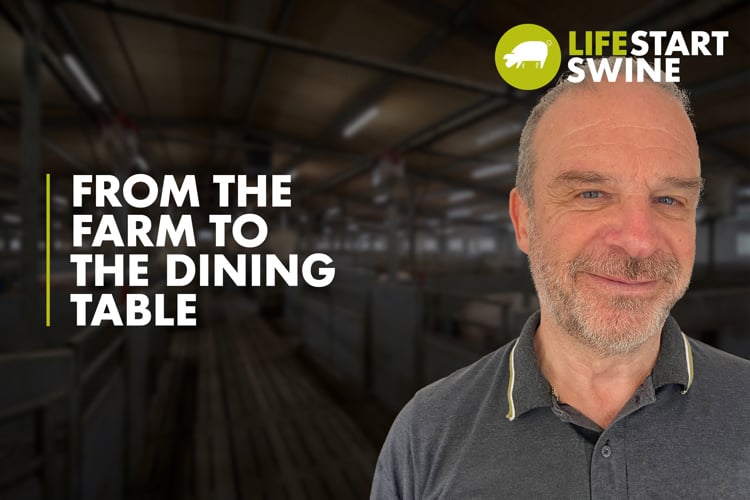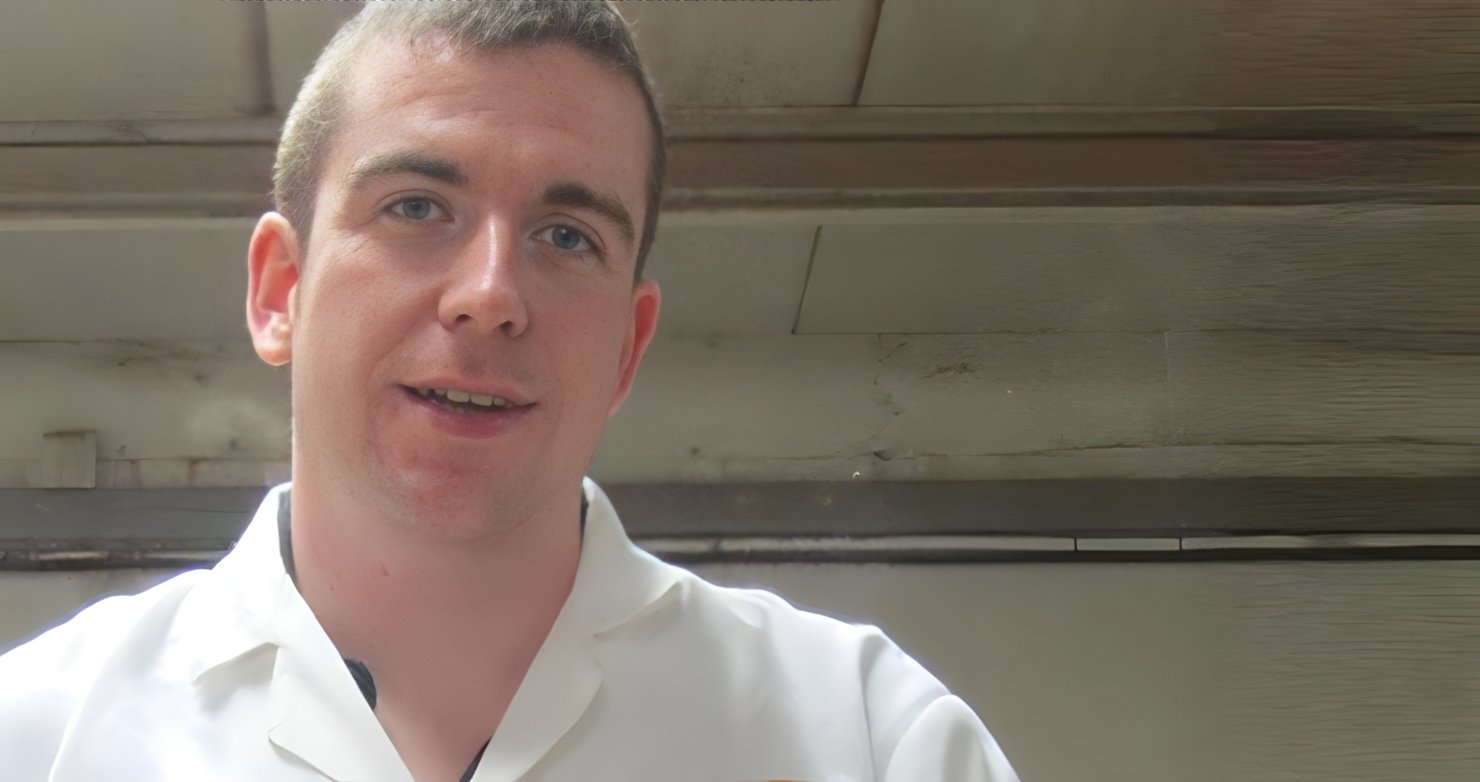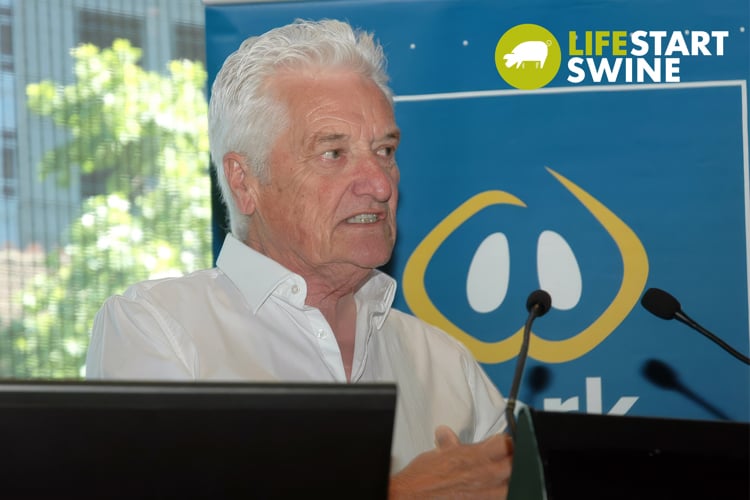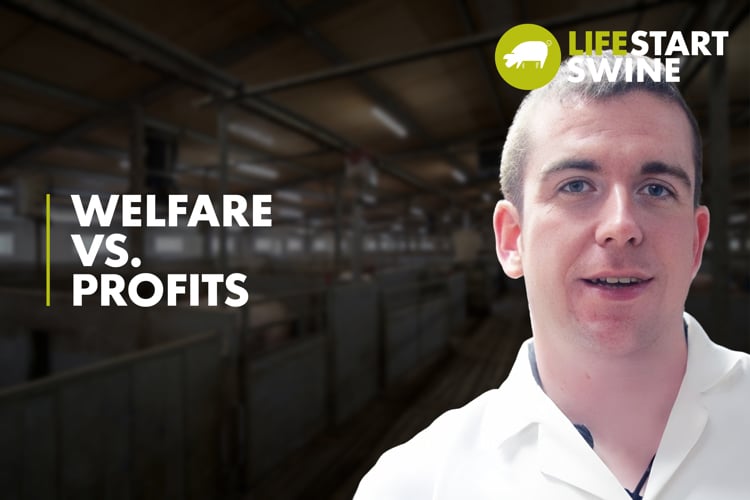
- 2023
- COMMUNITY STORIES
By Shane McAuliffe, Pig Farmer & Lecturer based in Ireland
When we think about the need to improve pig welfare, some producers might presume it is consumer driven. The disconnect between food production and consumers has never been greater. With regard to animal production, and particularly pig production, we know there are many misconceptions that consumers may have. Some producers might think that welfare is driven by the authorities, especially when there is enforcement to invest large sums of money in new housing. Most notable in this case would have been the move to loose housing for gestating sows in many parts of the world over the last decade or so. We know that improving welfare has obvious benefits for the pig, by increasing their well being and quality of life. But when investing in pig welfare, how many producers see this as an additional cost, and how many see this as being cost-effective?

Stress is a major welfare concern for group housed sows. We know it has a negative impact on their reproductive performance, causing lower numbers born alive and a reduction in litter size. Teagasc, in Ireland, recently conducted a study as part of their SowWeanWel project, where 120 group housed sows were kept in either a control pen, which had simple wooden blocks and chains for enrichment, or in an improved pen with rubber lying mats, natural fiber ropes, and racks of straw. The lower stress levels had a positive impact on sow reproductive performance, with fewer mummified piglets and fewer born dead. The piglets born to the sows also had lower diarrhea scores, showing that good welfare also has benefits for pig health.
Farrowing crates were designed to prevent the sow from crushing her piglets. However, we now know the negative consequences of restricting the movement of the sow. In Europe, free lactation pen systems are becoming more common. These allow the sow to remain restricted during high-risk stages during farrowing and post-farrowing, but have freedom of movement outside of those times. More studies are showing that piglets born in this system are heavier at weaning, have better access to the udder, and fewer piglets miss milk let down. In the FarrMan project at Teagasc, piglets from the free lactation system were found to be significantly heavier at weaning, reached slaughter weight earlier, and had fewer instances of damaging behaviour, such as ear and tail biting. While many different examples of alternative farrowing systems exist and more research needs to be carried out, it is clear that there are many benefits to pigs as well as for sow welfare.
The use of optimal enrichment has been documented to have positive effects on pigs. Again, with Teagasc, the ENTAIL project found that a high rate of post-weaning enrichment replenishment reduced the occurrence of damaging behaviors and improved growth rates in the finisher stage. Ineffective or insufficient enrichment can lead to damaging behavior. So, when choosing a form of enrichment, it is important to ensure that it is accessible to pigs at all times and meets the criteria to be classified as optimal enrichment.
While pig welfare is a very broad area of expertise, there are countless examples of how investing in the welfare of your pigs has benefits not only for their own welfare but for their growth and performance, and ultimately, your annual profit!


